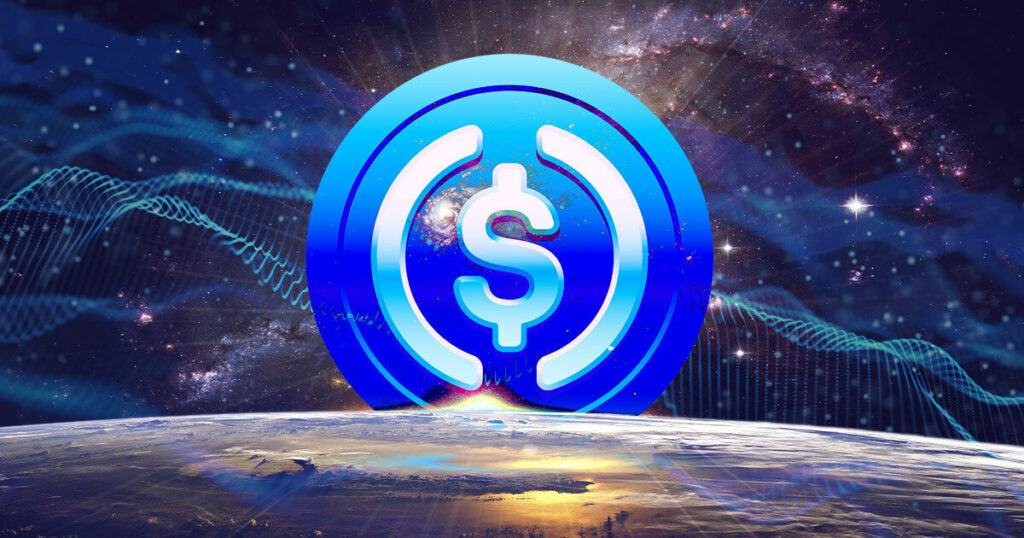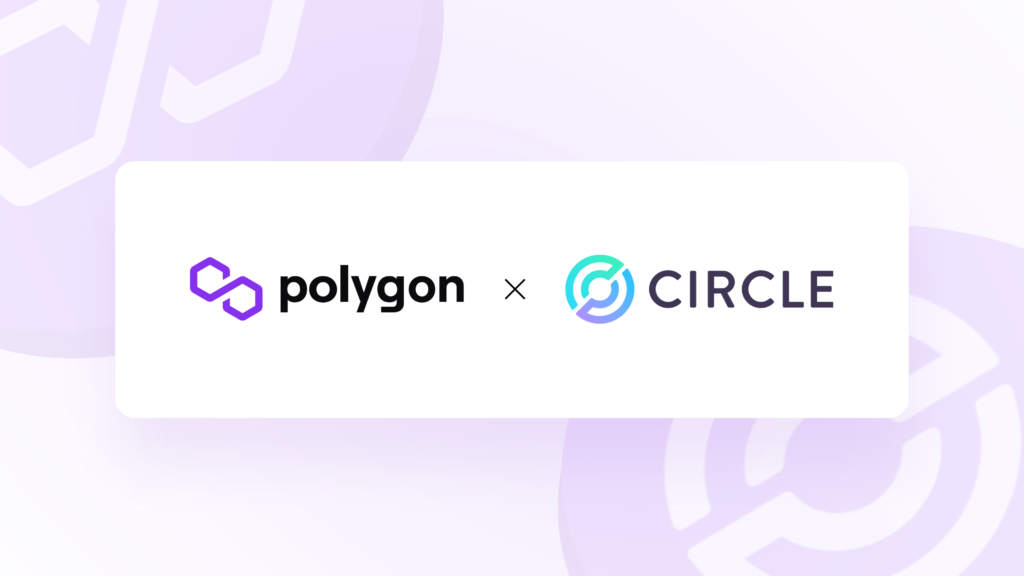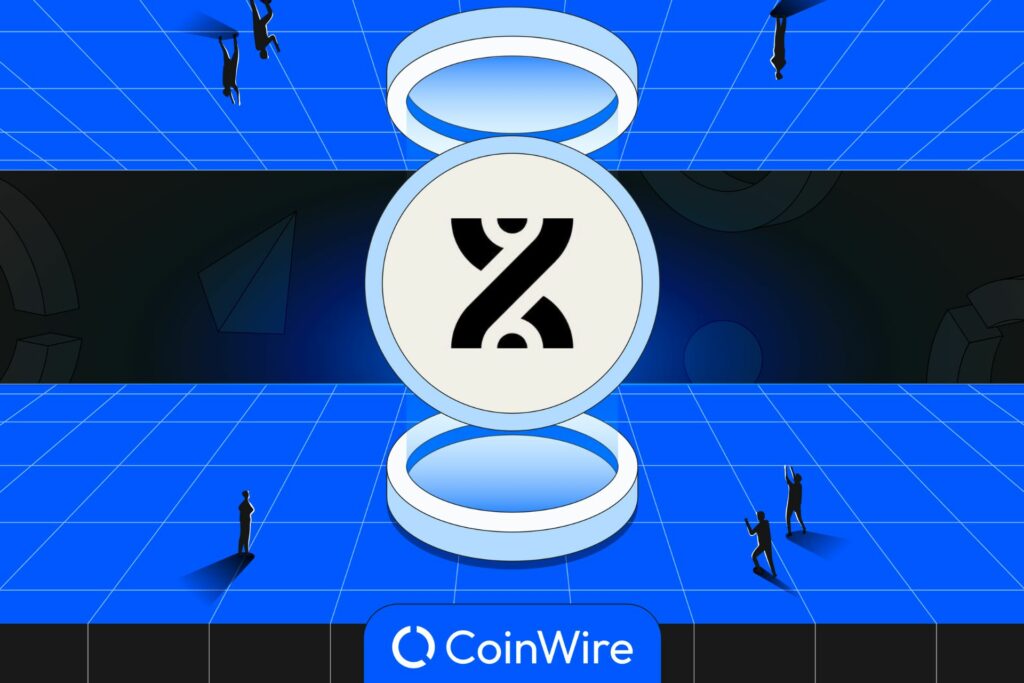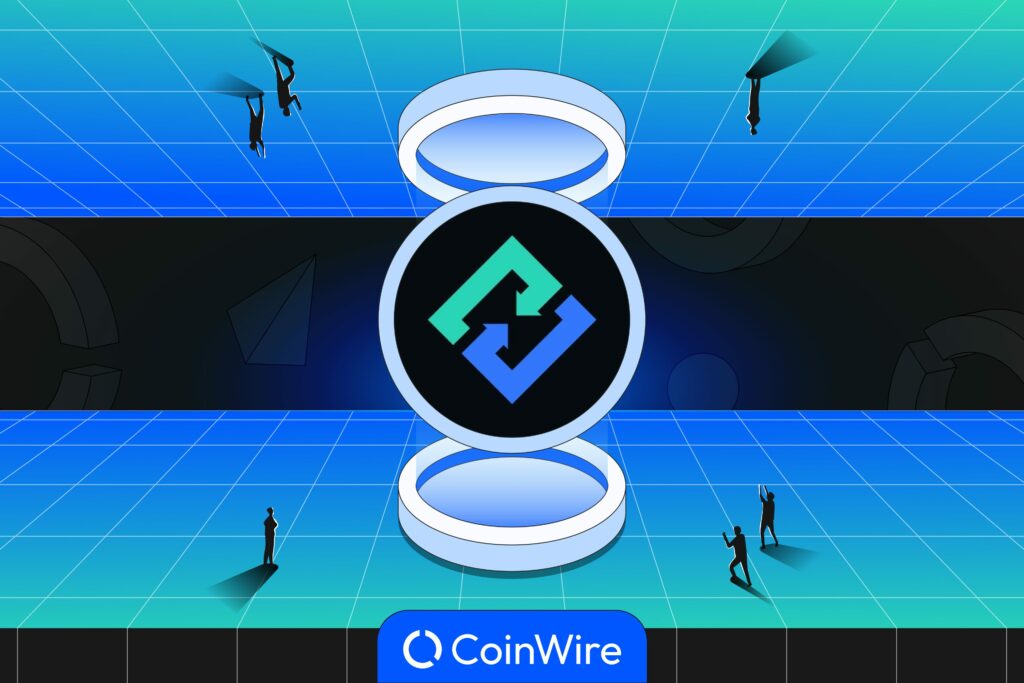USDC, the popular stablecoin managed by Circle Internet Financial, is gearing up for a significant expansion. According to a knowledgeable source, the stablecoin will soon be available on six new blockchains, including Polygon PoS, Base, Polkadot, NEAR, Optimism, and Cosmos via the Noble network. This move comes after Circle and Coinbase announced their reorganization of the USDC governance structure and Coinbase’s acquisition of a stake in Circle.
The Growing Reach of USDC

Previously, the stablecoin was only available on Ethereum, Avalanche, Arbitrum, Stellar, Algorand, Tron, Flow, Solana, and Hedera. With the addition of these new blockchains, the stablecoin aims to enhance its adoption and establish a stronger presence in the crypto market. This expansion will allow users on different blockchains to access and utilize USDC for various transactions and decentralized applications.
USDC Market Share and Competition
While the stablecoin has been losing market share, Tether, the world’s largest stablecoin, has been asserting its dominance. Additionally, payment giant PayPal has also entered the stablecoin market with its own offering. Despite these competitive challenges, Circle and Coinbase are optimistic about the potential impact of expanding the stablecoin support on multiple protocols.
It’s worth noting that Avivah Litan, a senior blockchain industry analyst with Gartner, believes that adding more blockchains may not significantly impact the flow of money into USDC. She argues that people’s preference for stablecoins is not influenced by the number of supported protocols. Nonetheless, the expansion of this stablecoin to new blockchains opens up opportunities for broader adoption and usage.
The Benefits of Expanding USDC Support

By expanding to new blockchains, the stablecoin increases its liquidity and accessibility for users across different ecosystems. It enables seamless cross-chain transactions, making it easier for individuals and businesses to utilize the stablecoin in their preferred blockchain environment.
Supporting multiple blockchains mitigates the risk of relying solely on one blockchain. In the event of network congestion or technical issues on a particular blockchain, users can seamlessly switch to a different blockchain that supports USDC. This diversification of risk ensures the stability and availability of this stablecoin for users.
Expanding support for USDC on multiple blockchains promotes interoperability and interchain communication. Users can easily transfer the stablecoin between different blockchains, facilitating cross-chain transactions and interactions. This interoperability strengthens the overall connectivity of the crypto ecosystem.
Integrating this stablecoin into new blockchains attracts the attention of developers and communities associated with those protocols. It encourages innovation and collaboration, as developers can leverage USDC’s functionality to build decentralized applications and smart contracts on their preferred blockchain.
USDC’s presence on multiple blockchains enhances its stability and trustworthiness as a widely recognized and accepted stablecoin. The expansion increases its use cases and utility, making it a reliable digital asset for various financial and non-financial applications.






